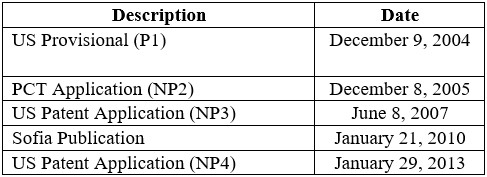Reaffirming precedent, the US Court of Appeals for the Federal Circuit reiterated the rule that the prevailing party in an inter partes review (IPR) cannot appeal a Patent Trial & Appeal Board decision. Termax Co. v. Illinois Tool Works, Inc., Case Nos. 23-1252; -1254 (Fed. Cir. Mar. 8, 2023) (Dyk, Reyna, Chen, JJ.)
Illinois Tool Works (ITW) asserted that Termax had infringed a patent directed to an automobile fastener. Termax challenged the asserted patent by filing a petition for IPR. The petition was granted, and ultimately the Board agreed with Termax that all the challenged claims of ITW were unpatentable. Both parties appealed.
ITW moved to voluntarily dismiss its own appeal and to dismiss Termax’s cross-appeal. Termax opposed, arguing that the Board erred in its construction of certain claim limitations that have also been incorporated into a new ITW patent.
The Federal Circuit dismissed both appeals. Citing what it called a “familiar rule,” the Court stated that the winner in a lower court or other tribunal cannot ordinarily seek relief in the appellate court. The Court was not persuaded by Termax’s argument that the Board erred in its construction of certain claim limitations, noting that Termax sought to appeal the constructions in the hopes that a Federal Circuit decision in its favor would “collaterally estop Illinois Tool Works from asserting those newly issued claims.” However, the Court refused to hear the appeal prematurely, stating that if ITW asserts the claims of its new patent against Termax in the future, Termax can address the issue at that time.
Practice Note: While an IPR can be a powerful tool for accused infringers, it is not without future risks.
read more


 Subscribe
Subscribe



